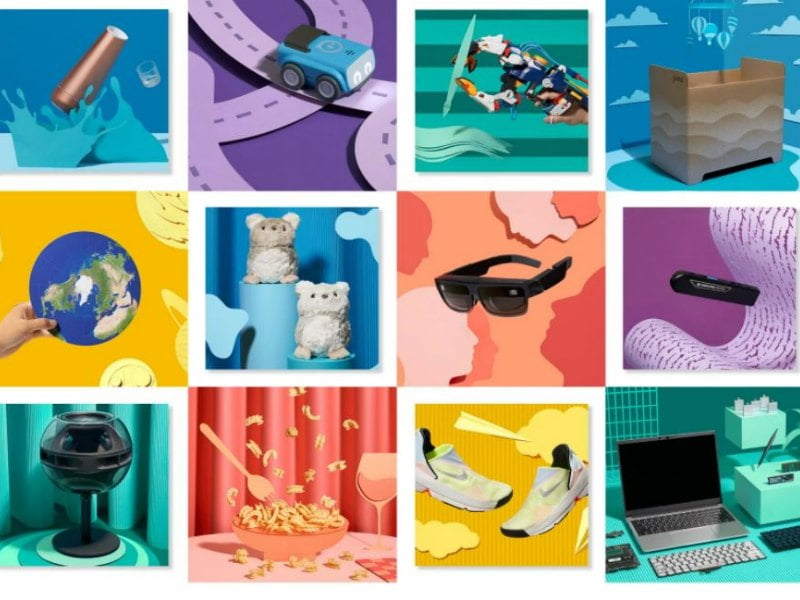Innovative Australian technology has been recognised among TIME Magazine’s ‘Best inventions of 2021’.
Products featured in the 2021 list include Synchron’s Stentrode, a brain–computer interface for people who are paralysed; Nura’s Nuratrue earphones providing sound personalised to the user’s hearing; and the Espresso Display, a lightweight go-anywhere high-definition monitor.
Making the TIME list is a significant boost to market awareness for these products although their “arrival” in 2021 belies the many years of development for new technologies, particularly in the biomedical sphere.
All three companies – Synchron, Nura, and Espresso – have received support for their research and development through a variety of AusIndustry programs, particularly the R&D Tax Incentive.

Synchron Australia was established in 2016 to commercialise the Stentrode technology that researchers at the University of Melbourne had been developing since 2011. It is now part of Synchron Inc. based in the US and continues to provide R&D for the technology in Melbourne.
Stentrode is a potentially life-changing technology that allows people who are paralysed to operate devices such as computers using thought alone – sending text messages, accessing the internet and doing similar tasks. The device is the size of paperclip and implanting it does not require open brain surgery, as competing technologies do.
After eight years in development, the first human clinical trials began in Melbourne in 2019 and proved successful. Clinical trials were approved for the US to begin in 2021.
Synchron has received major financial support from both the US and Australian governments to develop the technology. In Australia this has included accessing grants and services through AusIndustry’s Entrepreneurs’ Programme.
Major Australian funding includes a Commercialisation Grant, a Global Innovation Linkages Grant in conjunction with the University of Melbourne, and a BioMed Tech Horizons Program grant through the Medical Research Future Fund in conjunction with a National Health and Medical Research Council grant to University of Melbourne ($1.5 million, 2020). The company has also received the R&D Tax Incentive.
“Having this support from the Australian government further validates the importance of our work and our confidence that this technology will lead to the realisation of a treatment option with the capability to transform the lives of patients with paralysis,” says Synchron chief executive Dr Thomas Oxley.
Crossing from biotechnology into consumer electronics, another innovative Melbourne startup, Nura, has combined expertise in ear biology and audiology to develop headphone technology that customises itself to the specific hearing abilities of individual users.
Nura launched its first product in 2018 with Australia’s largest ever Kickstarter campaign, raising $1.8 million.
It has been a regular recipient of the R&D Tax Incentive as it has developed its technology and product range from over the head earphones to the latest Nuratrue earbuds, which made TIME Magazine’s 2021 list.
Nura co-founder and chief technology officer Luke Campbell says the R&D Tax Incentive has provided important support for Nura and companies like Nura, which are doing genuine research and making things that haven’t existed before.
“For a company like Nura to be successful we need to keep investing in science, we need to keep investing in research, we need to keep innovating. That takes time, energy and resources and it’s really good to have support from the government to do that,” Mr Campbell said.
Since 2018, the company has grown from a team of four, to become a global enterprise with offices internationally, although it remains based in Melbourne.
Espresso Displays is a Sydney-based startup that has followed in the footsteps of Nura using a Kickstarter campaign to launch its product in 2019.
It’s ultra-thin and lightweight monitors are designed to fit into a backpack, and connect to mobile phones, laptops and gaming devices to create mobile work or play spaces anywhere. The displays also provide high-definition performance allowing it to be used for high-end graphics and design programs.
Espresso co-founder Will Scuderi says the R&D Tax Incentive helped the business expand its research team to develop the screen technology and software, to bring it to market.
The R&D Tax Incentive is helping Espresso to build a precinct of electronics expertise in Sydney, which already has an emerging software development hub. It’s creating jobs for talented engineers in Australia who would otherwise be lost to electronics industry overseas.
Eventually, he says, he’d like to see the creation of Australia’s own advanced manufacturing sector for electronics, expanding on the innovation and design local companies are already demonstrating.
This article was produced as part of a content partnership between InnovationAus.com and AusIndustry.
Do you know more? Contact James Riley via Email.
